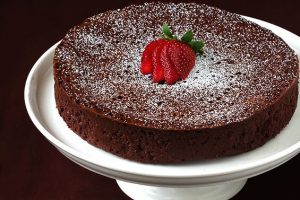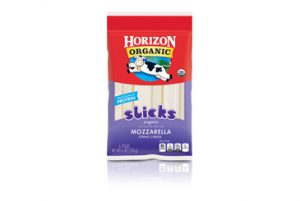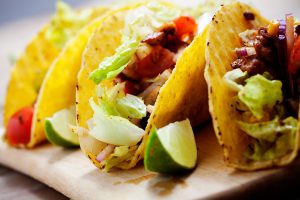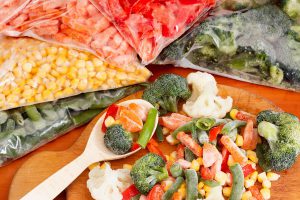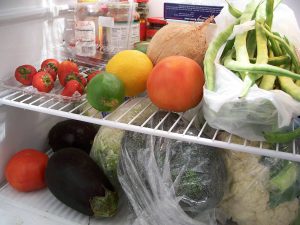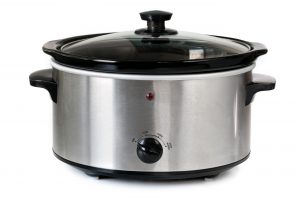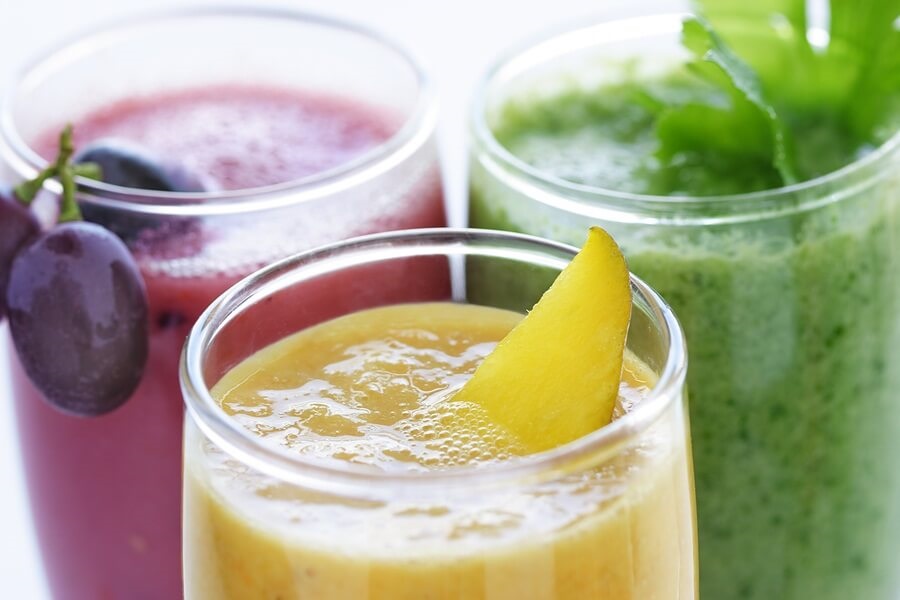

Sadly, while many start off healthy, most pre-made smoothies have tons of added sugar (think ice cream and sherbet) and can pack as many calories as a milkshake. Factor in their large serving sizes, and you can end up drinking a huge chunk of your daily calories in one sitting.
Instead, forgo the popular smoothie chains and try making your own. This mango and lime smoothie is super easy to make, and you can control how much goes into the blender.

While some rolls are actually healthy, plenty others contain tasty but caloric mayonnaise-based sauces, cream cheese, crunchy (read: fried) cucumbers or eel, and “special sauces” that are often cream-based. Add those up and your seemingly harmless dragon roll suddenly packs up to 500 calories or more.
Luckily, it’s easy to keep sushi on the healthier side. Forego creamy sauces and “crunchy” toppings, and stick with the basics. You’ll still get great taste, just fewer calories. While you’re at it, try your hand at making your own California sushi roll.

Skip the store-bought kind and try making your own. Get the recipe.

If you are seriously craving a burger, it helps to at least be informed about the nutritional content, so you aren’t duped into believing that your gluttonous meal is good for you.

Try mixing fresh fruit into plain yogurt. You’ll still get the creamy goodness, only with a lot less sugar.

Most prepackaged fruit has so much added sugar that it makes more sense to call it candy. Plus, dried fruit has much less volume than fresh fruit, making it easier to eat more than your fair share without feeling full. That might not sound bad — until you check out the calorie content. One serving isn’t bad. A whole bag? Yikes.
Simple solution? Stick to the fresh stuff.

When it’s put in that perspective, granola is actually packed with sugar, calories, and fat. We’re not saying you can’t eat it, but take care to measure the correct portion.
You can easily make homemade granola. Get the recipe here.

You know what doesn’t have trans fat? Plain old butter. Try buying the whipped version — it has air incorporated in, making it less calorically dense than the regular stick kind (and use it sparingly).

Take the extra time to make your own salad. Try throwing a hardboiled egg on it — the extra protein will help you stay fuller longer.

Besides calories and sodium, you won’t find many health benefits to eating this “healthy” snack.
If you love rice cakes too much to give them up, try pairing them with some fruit or veggies to get the extra dose of vitamins that your won’t find in these crunchy snacks. A serving of peanut butter smeared on top can also provide a little protein.

Reduced-fat has the same amount of calories as regular peanut butter, and even more sugar. And while you might think that less fat is still better, consider this — regular peanut butter has monounsaturated (“good”) fat, which will help keep you full and keep your portions in check. So, stick with the real stuff. All natural is best, or look for a store that allows you to grind your own.

Believe us — nothing you find in prepackaged bar form will give you the incredible energy boost it promises. Just stick with wholesome, real food.

So what should you drink? Water. Plain-old, sugar-free, refreshing water.

Prepackaged processed foods often contain a host of unhealthy ingredients to make up for being fat free, like sugars, artificial sweeteners, and chemicals. Make sure to check the label to make sure all the ingredients are healthy (and pronounceable).
Want to know a truly healthy fat-free food? Fruits and vegetables. Try reaching for those next time you need a snack fix.
